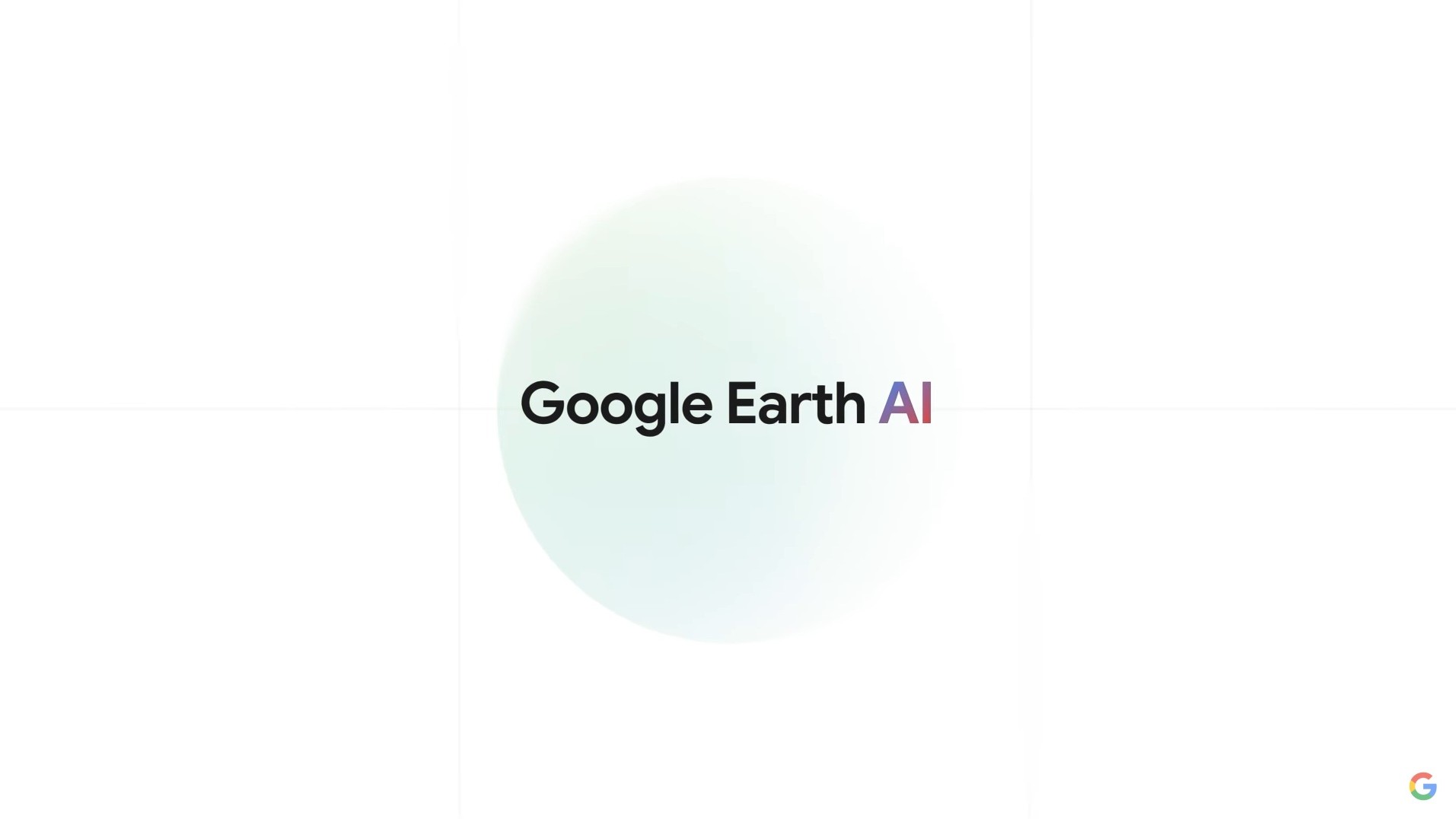Google Earth AI leans on Gemini to bring researchers closer to disaster predictions
Google's highlighting a few updates it's preparing for researchers and analysts with its Earth AI models and Gemini.

What you need to know
- The company highlighted a Gemini-based update headed for Google Earth AI that will help users obtain deeper insights about our planet's global patters.
- Google is also preparing a Geospatial Reasoning update for Trusted Testers that also uses Gemini to understand and answer "complex" questions using multiple models.
- Google Earth turned 20 earlier this year, which also brought a time machine feature for Street View and a few AI tools.
Enjoy our content? Make sure to set Android Central as a preferred source in Google Search, and find out why you should so that you can stay up-to-date on the latest news, reviews, features, and more.
Google Earth AI is the company's "geospatial" technology aimed at helping to understand critical global challenges, and it's getting a huge upgrade this week.
The company's latest Keyword post highlights a couple of key updates for Google Earth AI that users can soon access. The first key update involves Google merging its Eart AI models with Gemini. The post states this upgrade should make it possible for researchers to "instantly find objects and discover patterns from satellite imagery." Some use cases include predicting sandstorm occurrences and even monitoring available drinking water in a given area.
However, Google states that merging Earth AI's models and Gemini will arrive first as a test for U.S. users "in the coming weeks." Google Earth Professional and Advanced users will get their hands on it when this finally debuts.
What users can sink their teeth into today (Oct 23), so long as you're a Google AI Pro or Ultra subscriber, is a "higher limit" in Google Earth, courtesy of Gemini.
Earth's AI imagery is headed to Google Cloud, alongside Population and Environment models for Trusted Testers.
Understanding our world
The Earth is complex, and the questions researchers and analysts have are getting a major boost with Gemini in this update, too. Google states that its Geospatial Reasoning technology now leans on the AI model to "connect" multiple Earth AI models to answer tougher questions. Soon, researchers can combine weather forecasts, population maps, and satellite imagery to answer difficult questions with data about community vulnerabilities and disaster responses.
Similar to Gemini's "deeper insights" update for Google Earth, this Geospatial Reasoning update is headed for Google's testing grounds. Users can sign up and be among the first to experiment with Imagery, Population Dynamics Foundations, Bellwether damage predictions, and this Geospatial Reasoning update.
Get the latest news from Android Central, your trusted companion in the world of Android
It's worth mentioning that it helps if you're a part of an organization/industry that works with this type of research.
Google Earth has always been the place for users to hop in and understand the changes our planet always sees, and this year, it turned 20. The celebrations kicked off in June, as Google celebrated two decades of the global feature. Arriving with the party was a "time machine" feature that let users swipe through years of Street View memories to see how the world's changed.
A few AI tools even surfaced, such as the ability to track urban heat and analyze tree cover.

Nickolas is always excited about tech and getting his hands on it. Writing for him can vary from delivering the latest tech story to scribbling in his journal. When Nickolas isn't hitting a story, he's often grinding away at a game or chilling with a book in his hand.
You must confirm your public display name before commenting
Please logout and then login again, you will then be prompted to enter your display name.

